Summer is a time of bold barbecue flavors, bright sunlight, vivid green on the fully-leafed trees, and hot temperatures. The garden would be remiss if it didn’t have colorful flowers to match the intensity of the season! Move aside, you pale pastel spring flowers, these eye-zinging blossoms are here to fill the garden beds with a kaleidoscope of hues straight from the paint tube.
Native beauties like Joe Pye Weed, Butterfly Weed, and Coneflowers will bring in even more color as butterflies visit their many blossoms, while the white and yellow sprays of Yarrow drift atop feathery foliage. The sky-blue of Evolvulus pairs marvelously with the razzle-dazzle jazz of the trumpet vines.
Zinnias fill the backdrop with their nodding heads, sunflowers tower overhead like something from Alice In Wonderland, and the hibiscus and daylilies sway slowly in the balmy summer breeze. Slap on a sun hat, sip it all in with your glass of sweet tea, and savor all that is summer. Here are 10 summer flowers you should add to your garden.
1. Zinnia
The Chicago Botanical Garden calls Zinnias the “hardest working summer flower,” and the praise is totally merited. Excellent as a cut flower, easy to grow from seed, attractive to butterflies, stable in the summer’s heat, and available in a dizzying array of bright colors and sizes? If these cheery blooms aren’t already in your garden, you need to fix that problem, pronto!
Related Post: How To Attract Butterflies To Your Garden
Gardeners in zones 3-10 should plant these full-sun flowers in any type of soil. Be sure to get the seeds in the ground after the last frost to give your garden blooms for as long as possible.
2. Daylily
Daylilies aren’t picky — they’ll tolerate any soil. Though their blossoms only last a day, true to their name, they offer them in bushel loads! In zones 4-9, plant them in a sunny area where you don’t mind their plentiful border of leaves, and they’ll reward you with their glad blooms.
Psst, here’s another thing — both the unopened buds and open blossoms are edible, and if you find yourself with too many, there are crisply edible tubers attached to the roots as well.
3. Yarrow
Yarrow is well-known in herbalist circles as a powerful healing herb, but this native perennial is also a beautiful member of a summer garden as well! Hardy and drought tolerant, these low-maintenance flowers attract butterflies and make a fantastic cut or dried flower.
Available in pink, red, white, and yellow varieties, gardeners in zones 3-9 just need some well-drained soils with full sun to enjoy these blossoms all summer long.
4. Tropical Hibiscus And Perennial Hibiscus (Swamp Rose Mallow)
The huge bloom of tropical hibiscus seems to be synonymous with beaches, island living, and luxurious vacations. If you live in zones 9 or 10, you can grow this showy plant year-round. But if it’s something a little hardier that you seek, try growing swamp rose mallow, the wetland-loving cousin that is hardy all the way to zone 4!
Rose mallow, also sometimes called perennial hibiscus, needs wet, rich soil in full sun, so be sure to plant it in a place that can nutritionally support its loads of blooms!
5. Joe Pye Weed
This native flower is adored by butterflies and bees, and for good reason! It grows into an impressively tall flower stalk — sometimes 12 feet tall — topped with the brightest fuchsia flowers.
Lasting from mid-summer to fall, this plant grows with all the vigor of a weed in zones 4-9. In the wild, they enjoy rather moist soils, so plant them in partial shade if your garden is on the dry side. Just be sure to give them plenty of room to reach their full glory!
6. Butterfly Weed
This low-growing member of the milkweed family sports a spray of orange flowers that no picture can really do justice. Do you have a sunny, sandy location that is lacking a certain zing? Give this showy native perennial a home!
Though it may take up to three years to really get growing, gardeners in zones 3-9 will find it well worth the wait for those eye-dazzling blooms that attract butterflies and admiring glances all summer long.
7. Sunflowers
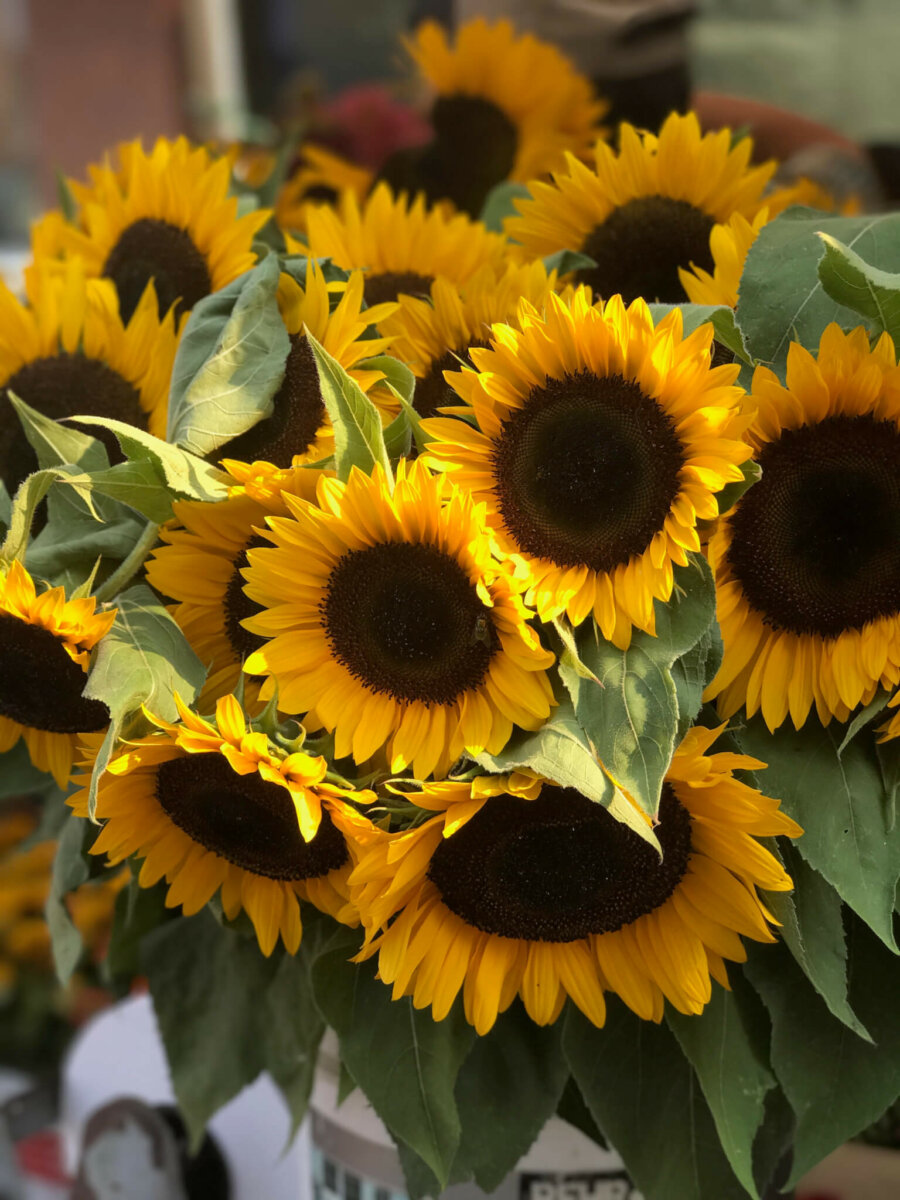
Is there anything more summery than a bright yellow sunflower? The Spanish name for sunflower, girasol (turn to the sun), is a particularly endearing word to describe this huge flower’s penchant for tracking the sun across the sky.
Related Post: How Sunflowers Follow The Sun
Plant seeds in sun-soaked, sandy soil after the last frost to enjoy enormous blooms and seed-loving birds all summer long. Zones 1-10 can enjoy this gorgeous growing giant. You can even harvest the dried-out seed heads for next year’s blooms…and to give your chickens a nutritious treat!
8. Coneflowers
Gardeners call it coneflower, herbalists call it echinacea, goldfinches and butterflies call it delicious, but everyone calls it beautiful. The cheery, purple blooms of this perennial, daisy-like flower are a welcome sight springing from sandy, sunny sites.
Plant seeds in zones 3-9 in the fall for a summer display. They seem to prefer poor soil — it encourages bigger blooms, rather than bigger foliage. With its deep-reaching roots, all forms of echinacea are drought-tolerant.
9. Trumpet Vine
Gardeners in zones 4-10 can grow this huge, trailing vine to attract both hummingbirds and compliments! Able to reach up to 30 feet long and potentially destructive to brickwork, be sure to plant this vine in a place where its vigorous growth will be appreciated, not rued.
Though trumpet vine tolerates both full sun and partial shade, its rapid growth requires rich soil. Love the five-inch-long flowers, but not the trailing bulk? Plant it in the open, without access to anything to climb on, and trumpet vine will tend to stay in a more shrubby shape.
10. Evolvolus
A member of the morning glory family, Evolvolus adds an amazing note of beautiful sky blue to your garden, but without the sometimes annoying vining characteristics of its wild cousins.
Related Post: How To Get Rid Of Morning Glory
Instead, this perennial forms an attractive, silvery-green ground cover in sunny and partially sunny areas. Garden-lovers in zones 4-10 can enjoy its waves of blooms in well-drained, sandy soil.


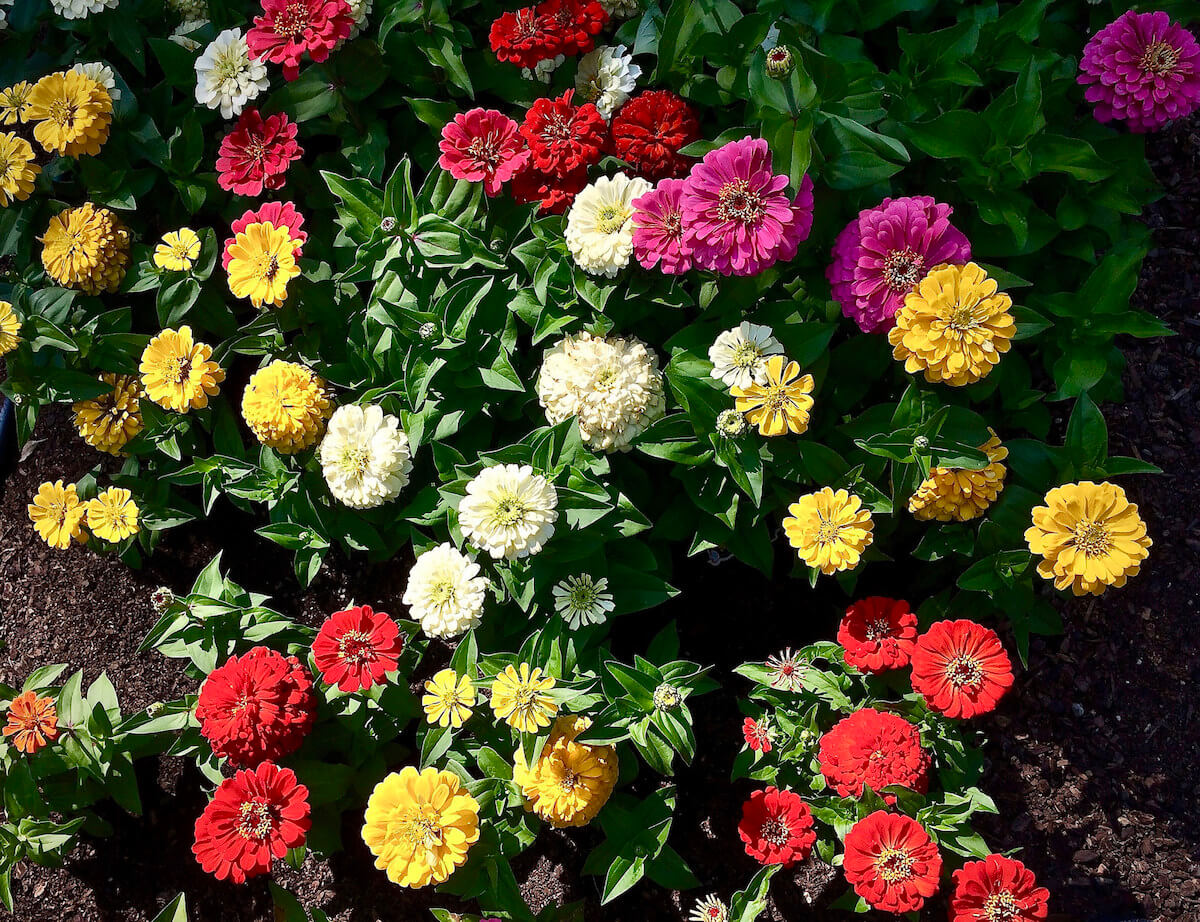
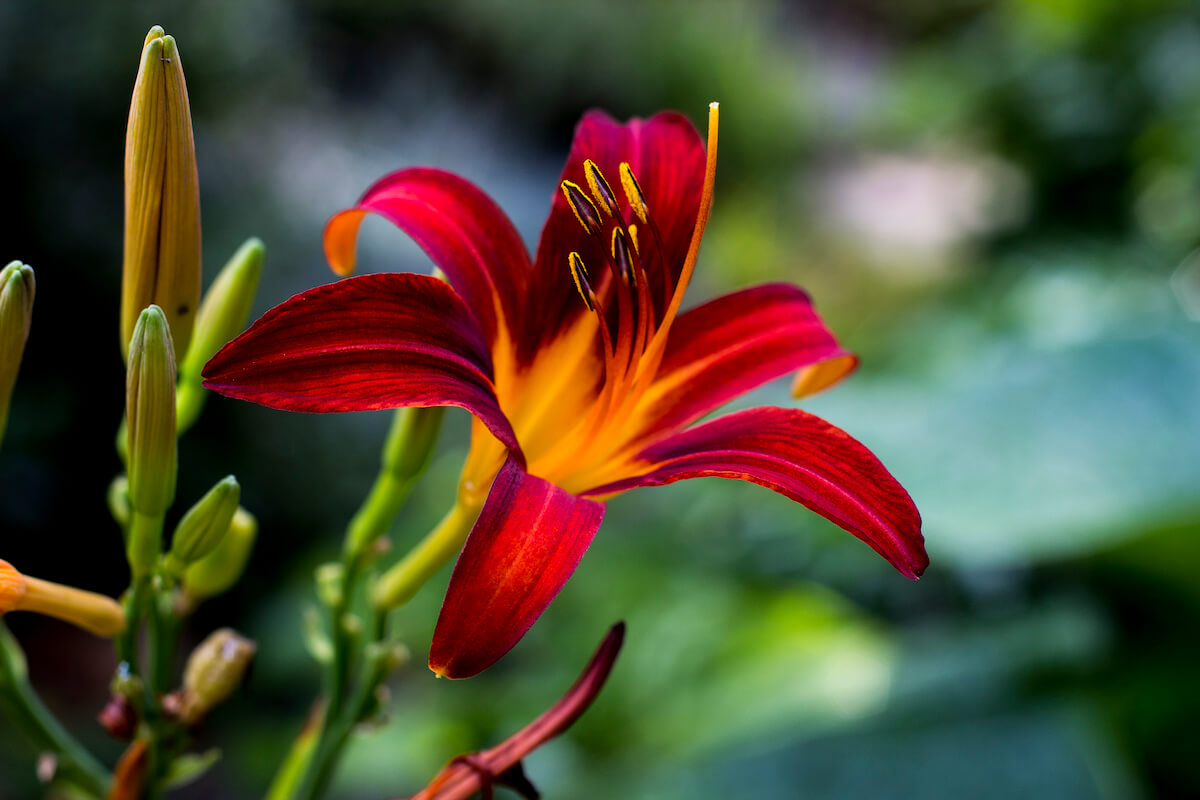
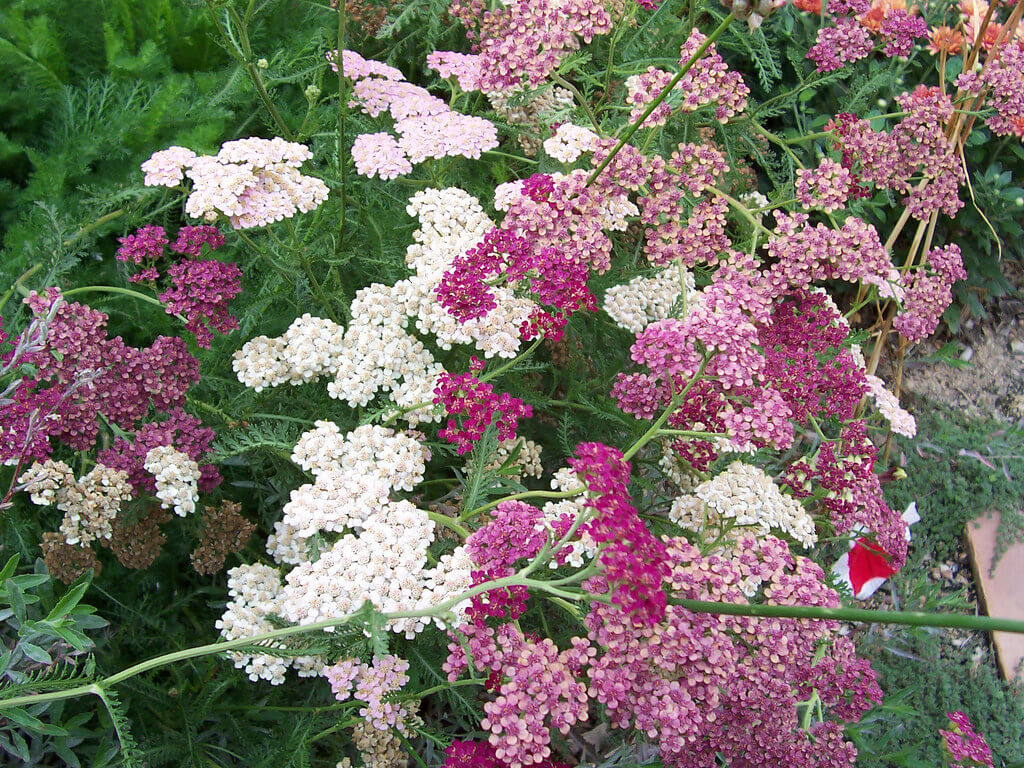
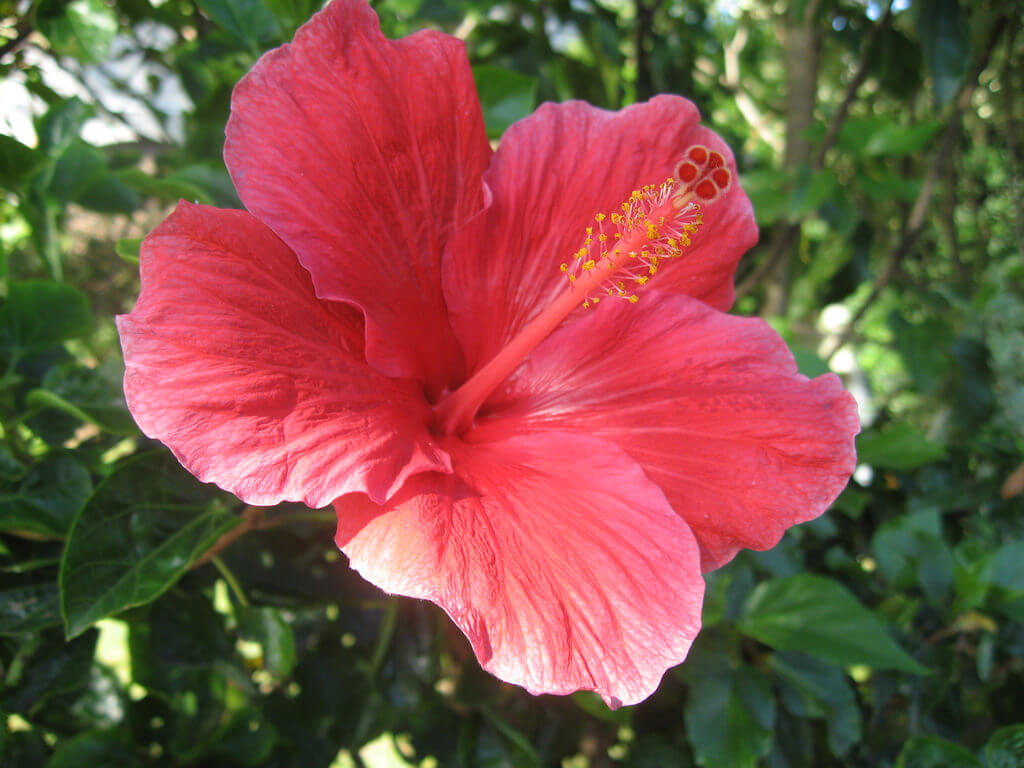
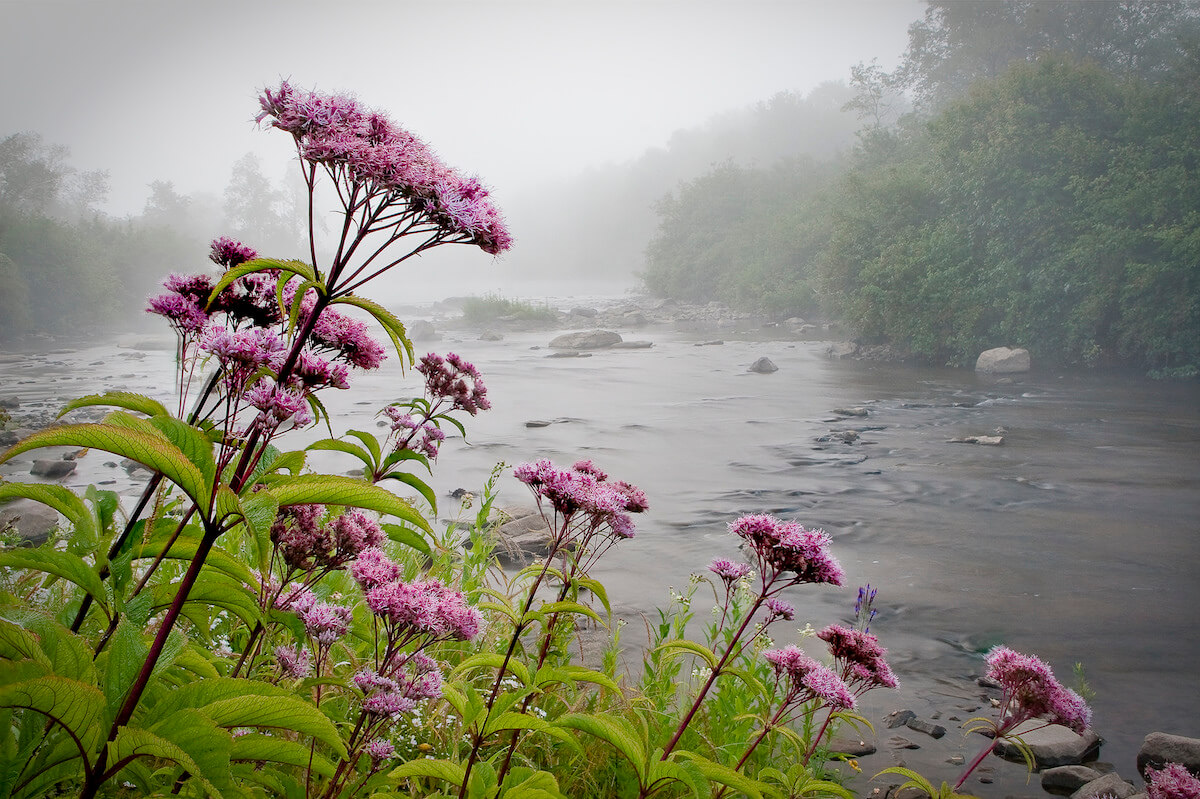
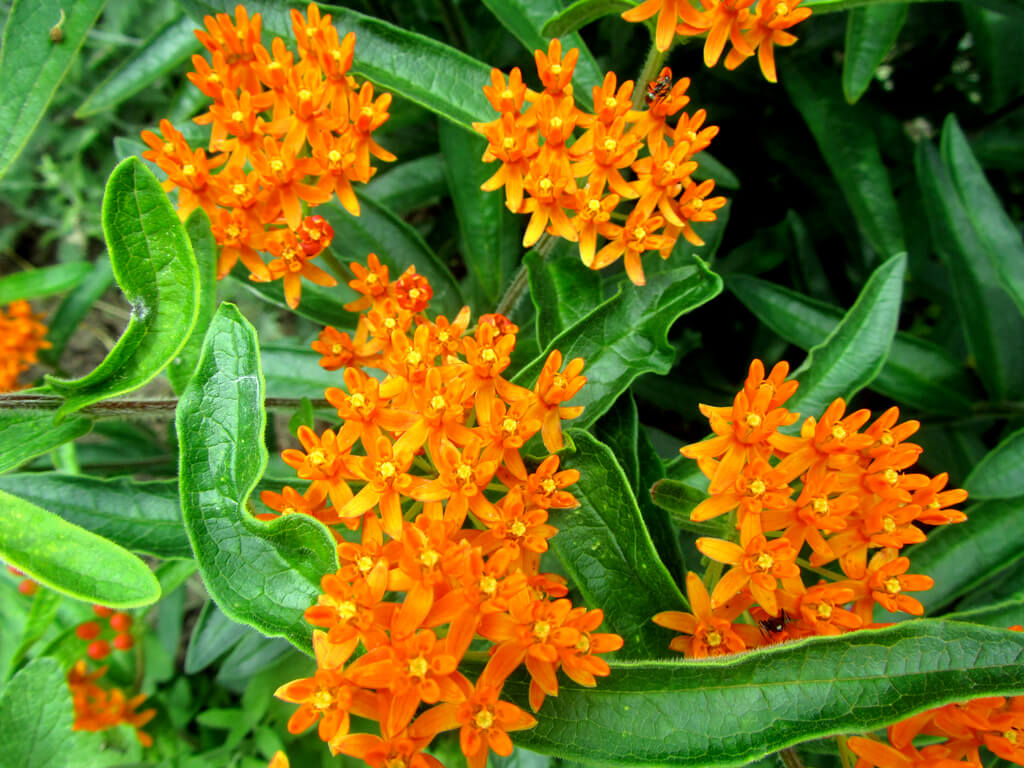
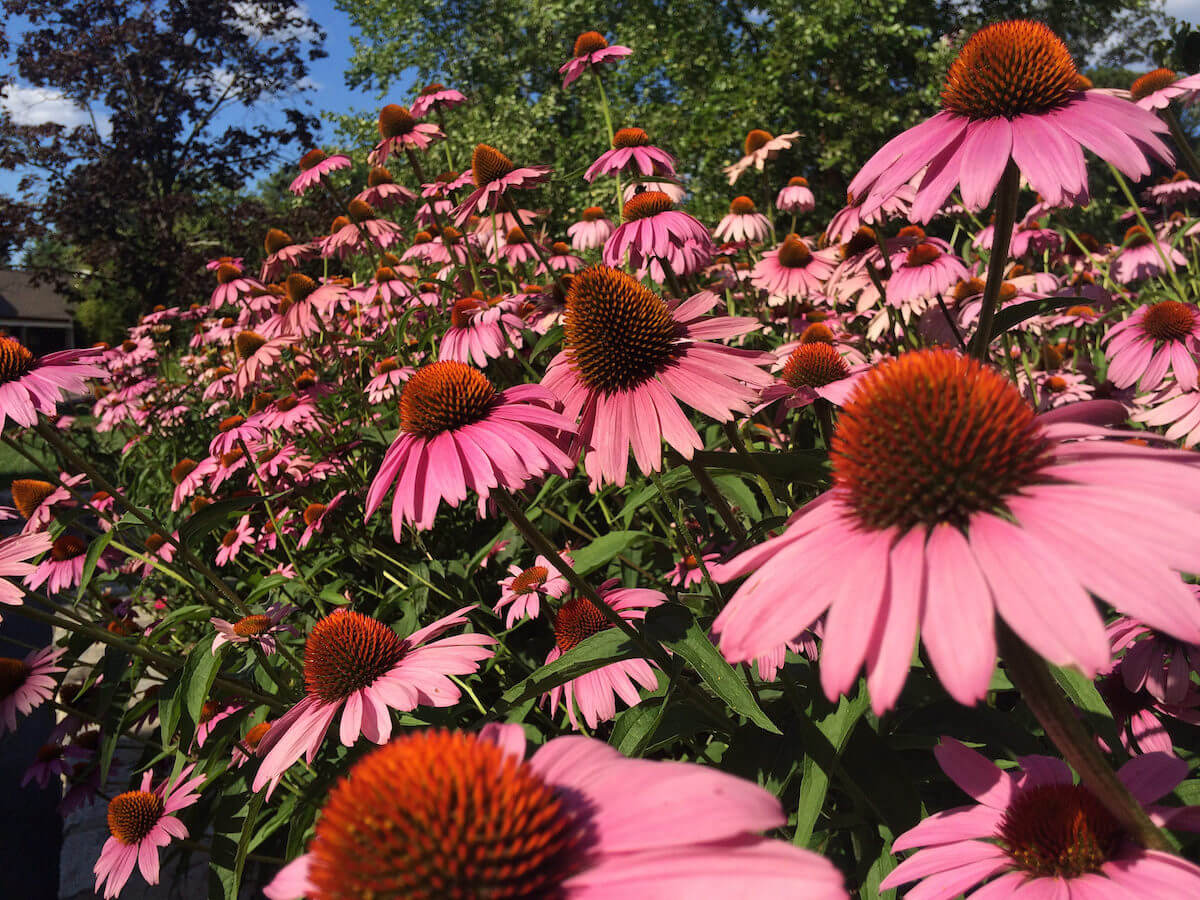

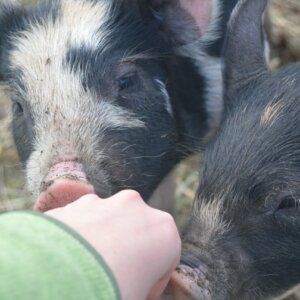

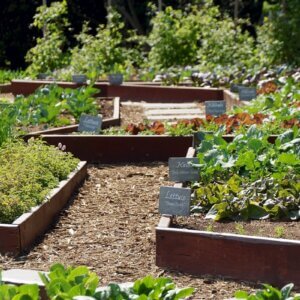


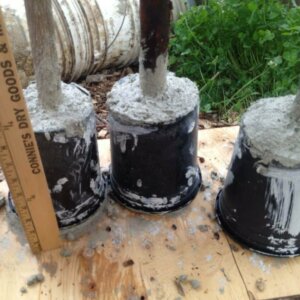

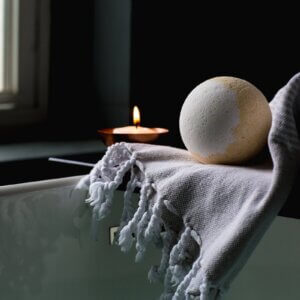



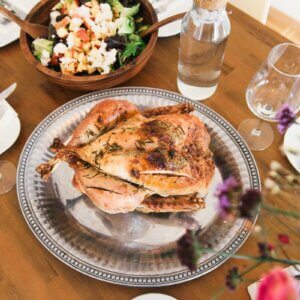
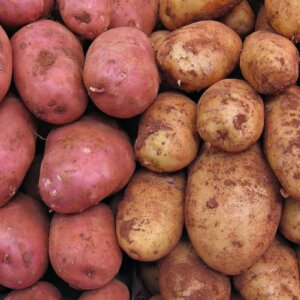

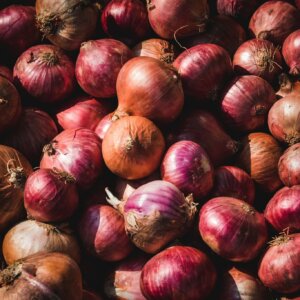
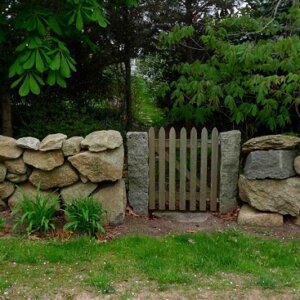
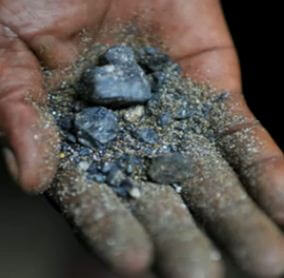
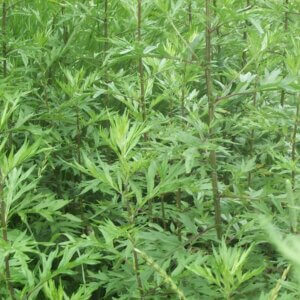
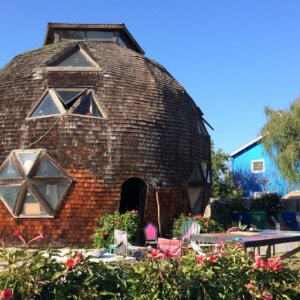

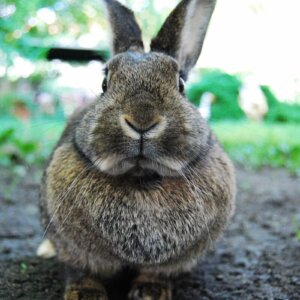
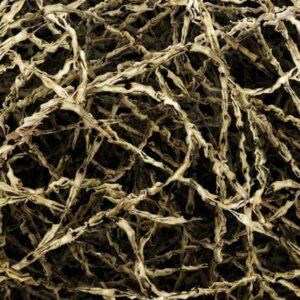
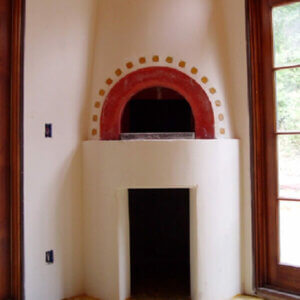

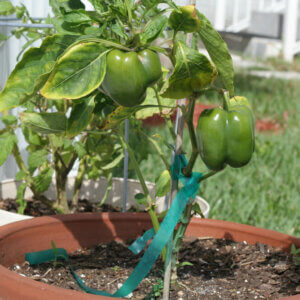
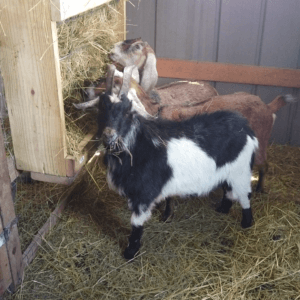
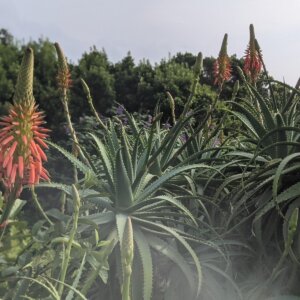
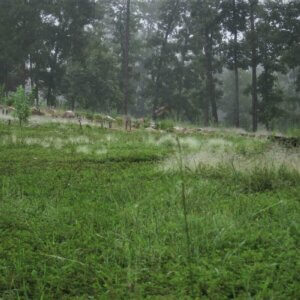
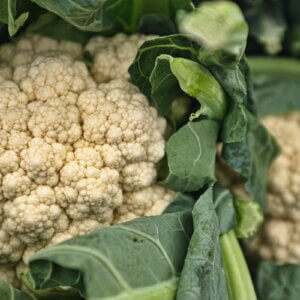

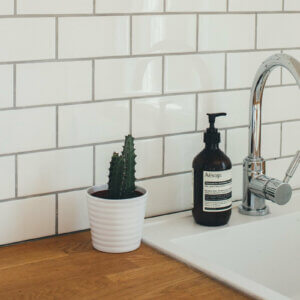
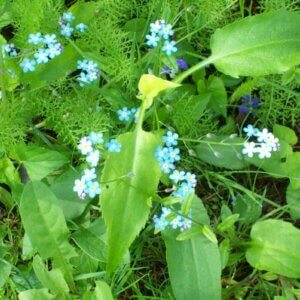
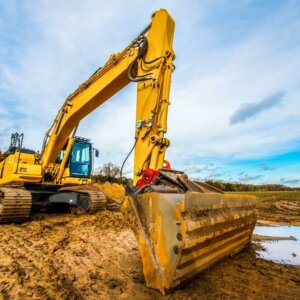

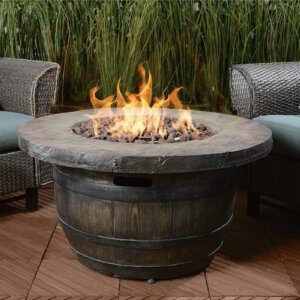
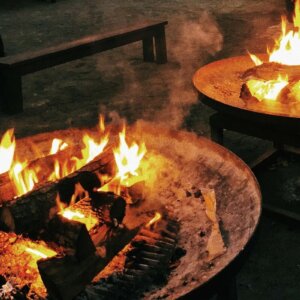
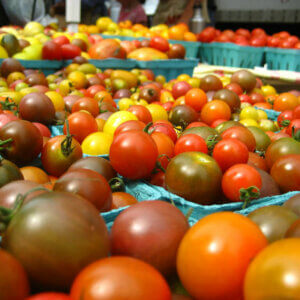
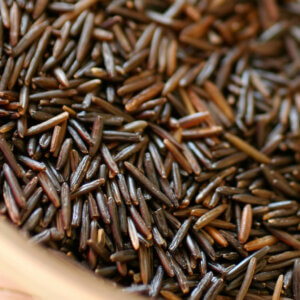
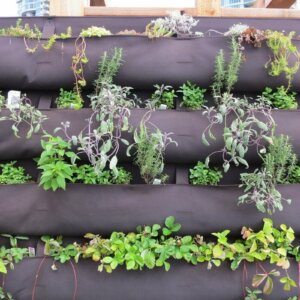

This is great! Last year I planted native heath asters and coneflowers in my yard to attract more bees. Glad to get more ideas
Please don’t suggest that people plant perennials that aren’t native to their county. The non-natives aren’t doing the insects any good, and daylilies in particular are quite invasive, and evolvolus does not belong in Virginia (I shutter to think how fast a “morning glory cousin” would take over). You could be doing such a service by encouraging conservation landscaping.